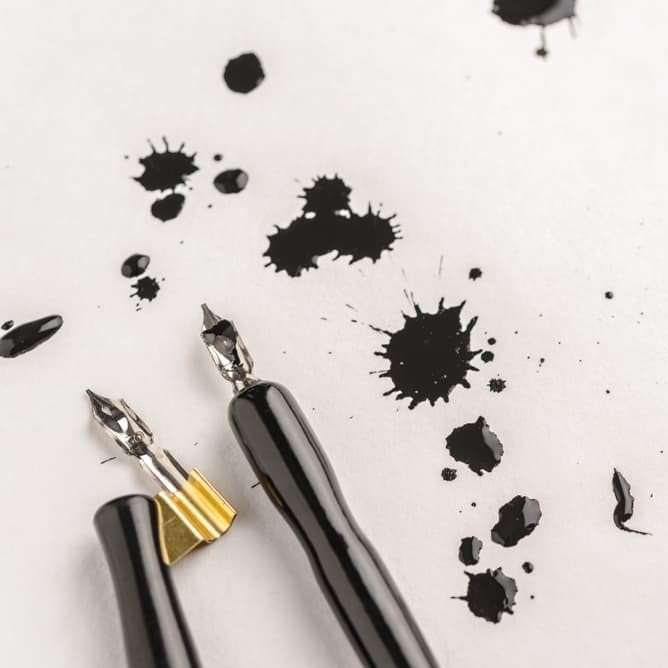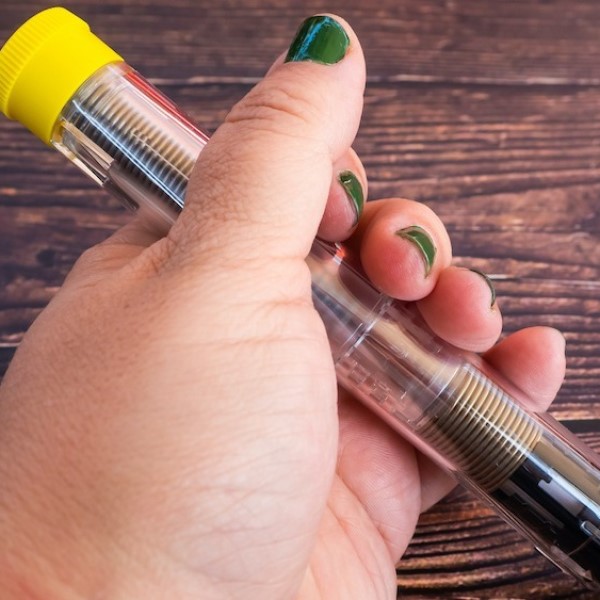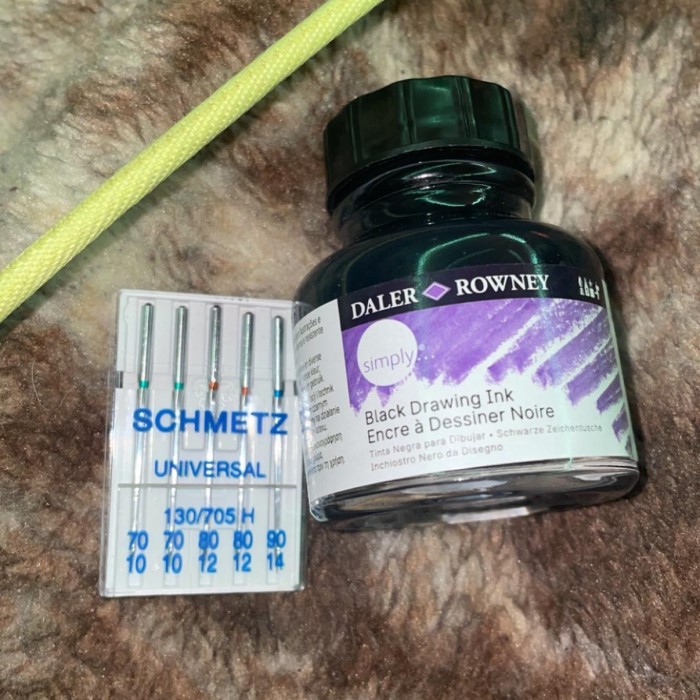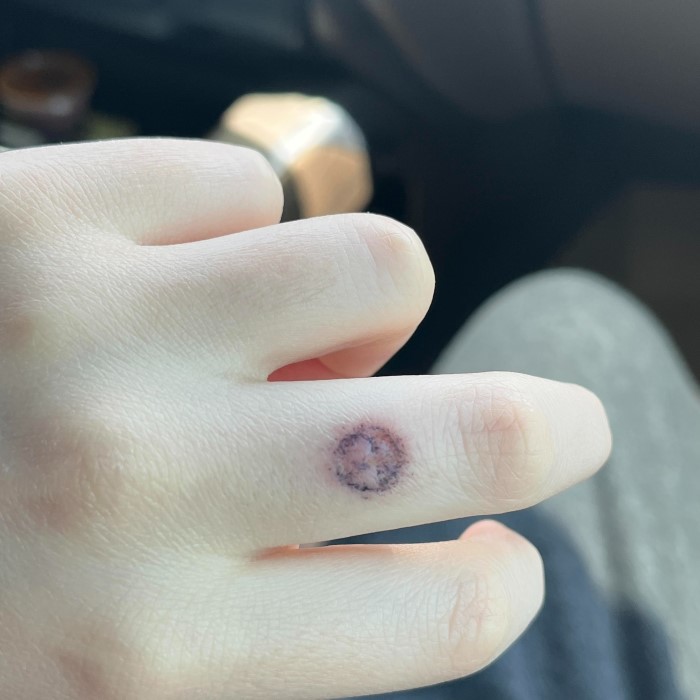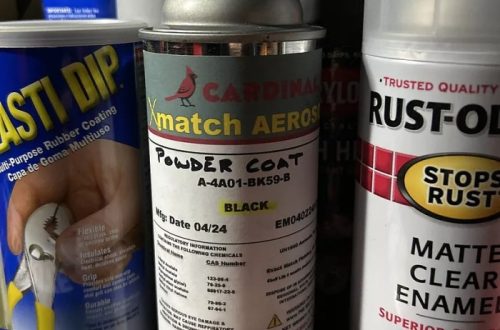Introduction: The Safety of Pen Ink
As parents, we always want to protect our children from potential hazards in their environment. One common concern that arises, especially in creative activities, is the safety of art supplies, particularly pen ink. The question, “Is pen ink toxic?” often comes up in discussions about children’s safety. Understanding the composition of pen ink is crucial for evaluating its safety, especially for younger users who may be prone to exploring their surroundings in ways we might not expect, such as putting things in their mouth. This article will explore what pen ink consists of, its potential risks, and when it might pose a health concern. By the end, parents will have the knowledge they need to ensure their children’s safety while encouraging artistic expression.
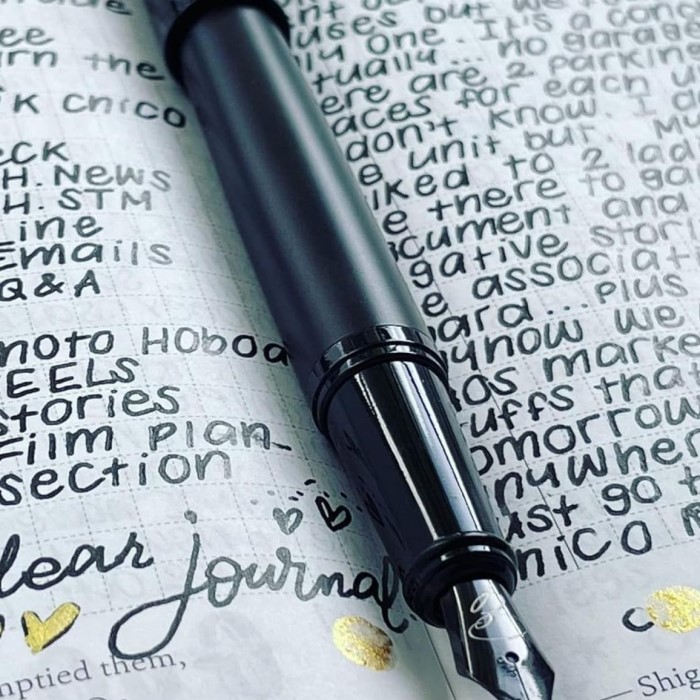
The Composition of Pen Ink
Basic Ingredients
- Core Components: At the heart of pen ink lies a carefully formulated mixture of essential components. These ingredients are selected to create a fluid capable of writing or drawing smoothly on various surfaces.
- Dyes or Pigments:
- Dyes: These are soluble components that dissolve in the solvent used in the ink. Dyes are responsible for providing vivid and vibrant colors, allowing users to create eye-catching illustrations and written content.
- Pigments: Unlike dyes, pigments are small, solid particles suspended in the ink. They offer opacity, meaning they can cover underlying surfaces more effectively. Pigments contribute to the ink’s overall durability, making it less likely to fade when exposed to light or air over time.
- Solvents: The solvent in pen ink is crucial for keeping the ink fluid and workable. Water is the most common solvent found in water-based inks, while oil or alcohol may be used for oil-based and solvent-based inks. The choice of solvent affects the drying time and flow characteristics of the ink.
- Additives: Various additives may be incorporated into pen ink formulations to enhance specific properties. These can include surfactants that improve ink flow, preservatives that prevent microbial growth, and stabilizers that maintain the ink’s consistency over time.
Types of Inks
- Water-Based Inks:
- Water-based inks are predominately found in children’s washable markers, highlighting their safety and ease of cleanup. These inks can easily be washed off skin and surfaces without leaving long-lasting stains.
- They are generally non-toxic, making them appropriate for young users who might accidentally ingest small amounts.
- Oil-Based Inks:
- Oil-based inks are frequently employed for applications requiring permanence, such as calligraphy or certain art projects. These inks tend to offer rich colors and strong adhesion to surfaces.
- However, they can be more challenging to clean from surfaces and skin, and their fumes may necessitate the use of these inks in well-ventilated areas.
- Solvent-Based Inks:
- Solvent-based inks are known for their durability and strong adhesion properties, making them suitable for use on a variety of materials, including plastics and metals. They are often used in industrial applications.
- One concern with solvent-based inks is the presence of volatile organic compounds (VOCs). These compounds can evaporate into the air, potentially leading to indoor air quality issues and health risks, particularly in enclosed or poorly ventilated spaces.
Dye vs. Pigment
- Impact on Safety: The choice between using dyes and pigments significantly impacts the ink’s safety profile.
- Dyes: While dyes enable a smoother flow in ink, they can be more vulnerable to fading when exposed to light over time. Moreover, some dyes may pose allergic reactions in sensitive individuals.
- Pigments: Pigments are generally considered inert and more stable compared to dyes. Their ability to resist fading enhances the longevity of the ink. However, the necessity of using strong solvents to suspend the pigments in the ink may introduce additional safety concerns regarding potential toxicity.
- Environmental Considerations: From an environmental perspective, pigments can be a more sustainable option because they often reduce the need for chemical additives and offer a longer-lasting color. However, care must be taken to ensure that the solvents used do not contribute to environmental pollution or health risks.
- Overall Implications: Ultimately, understanding the differences between dyes and pigments allows users to make informed choices about the inks they use. Awareness of the ingredients can guide consumers to select inks that meet their needs while considering safety and environmental impact. This knowledge is especially important for parents selecting art supplies for their children.
Assessing Toxicity Levels
- Toxicity Tests: Regulatory bodies such as the U.S. Consumer Product Safety Commission (CPSC) conduct extensive toxicity tests on inks, particularly those intended for children’s use. These tests evaluate acute toxicity, skin irritation, and specific long-term health effects. Fortunately, many non-toxic inks comply with safety standards making them safer for kids.
- Coloring Agents: Some inks may contain heavy metals or additives previously linked to health risks. However, most reputable brands have removed harmful substances and toxic colorants from their formulas. Checking product labels for certifications, such as “non-toxic” or “ASTM D-4236,” can provide peace of mind to parents regarding the safety of the ink.
- Inks in Markers: When evaluating pen ink toxicity, it is also essential to consider markers. Some permanent and fine-point varieties may contain solvents that can irritate the skin or lungs if used without proper ventilation. For this reason, using them in well-ventilated areas, especially when children are involved, is always advisable.
Are All Pen Inks Safe?
- Non-Toxic Options: Is pen ink toxic? The good news is that there are many non-toxic pen inks available in the market. These inks are specifically formulated to meet safety standards for children’s art supplies. Brands are increasingly focusing on creating eco-friendly and hypoallergenic formulations that remove harmful substances, helping guardians feel more secure about their purchases.
- Dangerous Pen Inks: While many inks are safe, some permanent or specialty inks could be harmful if ingested or absorbed through the skin. As such, proper awareness of potential hazards remains essential for parents and guardians. A quick review of the packaging and product details can alert you to any warnings related to toxicity.
- Parental Guidance: When choosing pens for children, parents should prioritize products specifically designed for young users. These often carry child-safe certifications and reassurances from manufacturers about their commitment to safety. Additionally, opting for pens designed for the age group of your child can also minimize risks.
FAQ: Safety Concerns About Ink
- Is it bad to get pen ink on your skin?
Is pen ink toxic? While most modern pen inks are formulated to be safe for skin contact, it is still advisable to wash it off promptly. Some individuals may develop skin irritation or allergic reactions, especially if they have sensitive skin. If irritation occurs, you should clean the area with soap and water and discontinue use. - Is it safe to put ink on your lips?
In general, inks are not intended for ingestion or application to mucous membranes such as lips. If ink does get on your lips, it’s advised to wash it off immediately with soap and water. Although most non-toxic inks are unlikely to cause serious harm, ingesting substantial quantities could potentially lead to gastrointestinal discomfort. - What pen ink is non-toxic?
Many brands offer non-toxic ink options, typically labeled as safe for children. Water-based inks are often the safest choice for kids, as they are easier to wash off and typically contain fewer harmful chemicals. Brands like Crayola and other children’s art supply manufacturers provide non-toxic certifications for their products. - What if pen ink gets in your mouth?
If ink gets into your mouth, the best course of action is to rinse your mouth with water immediately. For most non-toxic inks, ingesting a tiny amount won’t cause serious harm, but it’s always essential to monitor for any adverse reactions. If substantial quantities have been ingested or if there are signs of a reaction, consult a healthcare professional immediately for guidance.
What Parents Should Do
- Supervision: One of the most important steps parents can take is supervising children during art activities involving ink. This oversight minimizes the risks of them putting pens in their mouths or accidentally spilling ink, which could lead to ingestion or staining.
- Promote Safe Practices: Teach children the importance of using art supplies correctly and safely. Explain why they should not touch their face or mouth while using ink products. Fostering this understanding helps instill good habits in young creators.
- Choose Safe Materials: When shopping for art supplies, parents should aim to prioritize non-toxic materials. Look for products that specifically advertise their safety for children, as these generally align with federally mandated safety standards.
- Consider Alternatives: While traditional pen inks have their place, parents can explore alternative art supplies that might be safer for younger children. Washable markers, crayons, and colored pencils are non-toxic options that can provide the same fun without extra risks.
Conclusion: Prioritizing Child Safety
In conclusion, pen ink has various compositions, and understanding these elements is key to determining safety, particularly for children. While most non-toxic pens are safe to use, awareness and supervision remain essential. By choosing safe products, educating your children, and maintaining an active role in their creative activities, you can encourage their artistic expression without compromising safety. If you ever question, “Is pen ink toxic?” remember that knowledge about the materials and reading labels will help ensure your child enjoys their creativity in a safe environment. Ultimately, fostering creativity is about balance—allowing kids to explore while ensuring their health and safety. Prioritizing these factors contributes to a fulfilling and safe artistic journey for your little ones.
